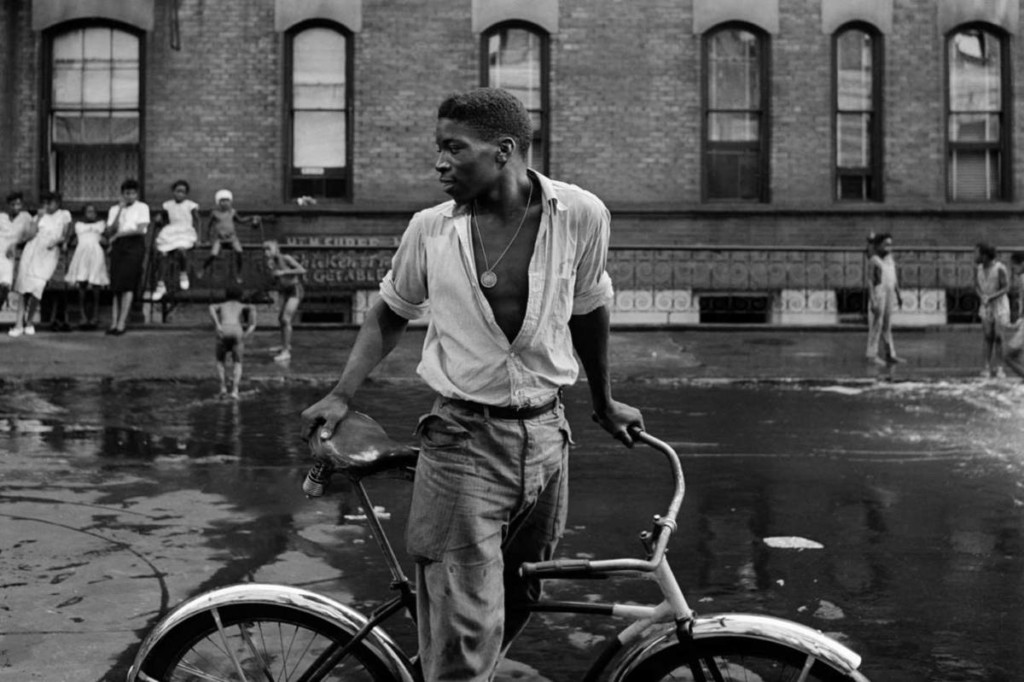Framing Streets Things To Know Before You Get This
Framing Streets Things To Know Before You Get This
Blog Article
Things about Framing Streets
Table of ContentsFraming Streets for BeginnersLittle Known Questions About Framing Streets.5 Easy Facts About Framing Streets ExplainedFraming Streets - An OverviewIndicators on Framing Streets You Should KnowFraming Streets Can Be Fun For Everyone
Photography genre "Crufts Pet dog Program 1968" by Tony Ray-Jones Street photography (also occasionally called candid photography) is digital photography carried out for art or query that includes unmediated opportunity encounters and random events within public areas, generally with the goal of catching photos at a crucial or touching moment by cautious framing and timing. 
, who was influenced to embark on a comparable paperwork of New York City. As the city created, Atget aided to advertise Parisian roads as a deserving subject for photography.

Little Known Questions About Framing Streets.
Martin is the very first videotaped photographer to do so in London with a disguised video camera. Mass-Observation was a social research study organisation established in 1937 which intended to videotape daily life in Britain and to videotape the reactions of the 'man-in-the-street' to King Edward VIII's abdication in 1936 to wed divorce Wallis Simpson, and the succession of George VI. The principal Mass-Observationists were anthropologist Tom Harrisson in Bolton and poet Charles Madge in London, and their first report was generated as guide "May the Twelfth: Mass-Observation Day-Surveys 1937 by over two hundred observers" [] Window cleaner at Kottbusser Tor, Berlin, by Elsa Thiemann c. 1946 The post-war French Humanist School photographers discovered their subjects on the road or in Discover More the diner. Andre Kertesz.'s commonly appreciated Images la Sauvette (1952) (the English-language edition was titled The Crucial Moment) promoted the concept of taking a picture at what he described the "decisive moment"; "when form and web content, vision and make-up combined right into a transcendent whole" - vivian maier.
The 2-Minute Rule for Framing Streets
, then an educator of young children, connected with Evans in 193839.'s 1958 publication,, was substantial; raw and typically out of focus, Frank's photos questioned mainstream photography of the time, "tested all the formal guidelines laid down by Henri Cartier-Bresson and Walker Evans" and "flew in the face of the wholesome pictorialism and genuine photojournalism of American publications like LIFE and Time".
Report this page